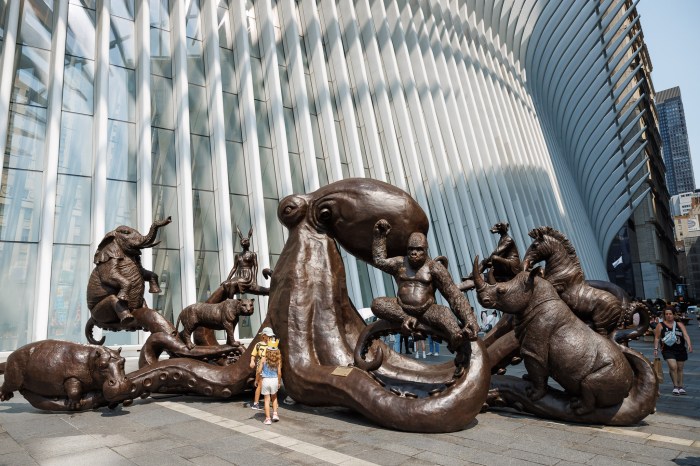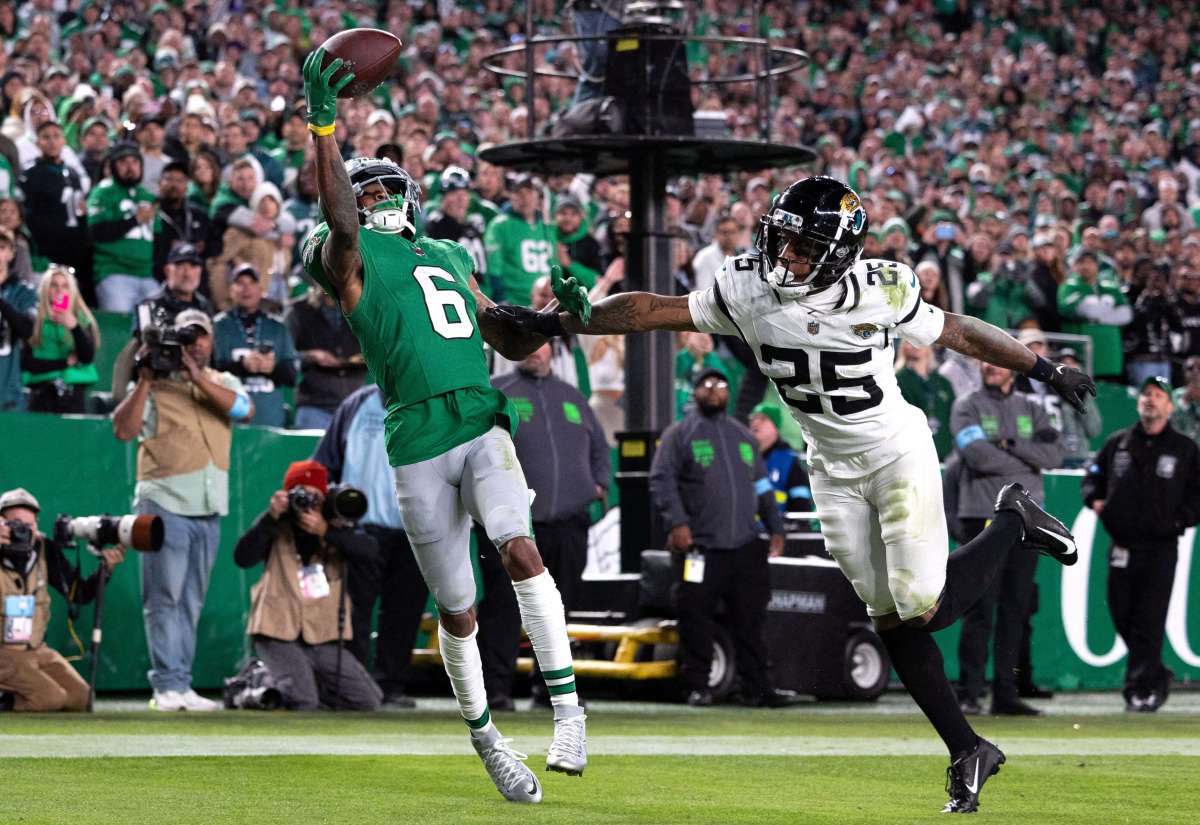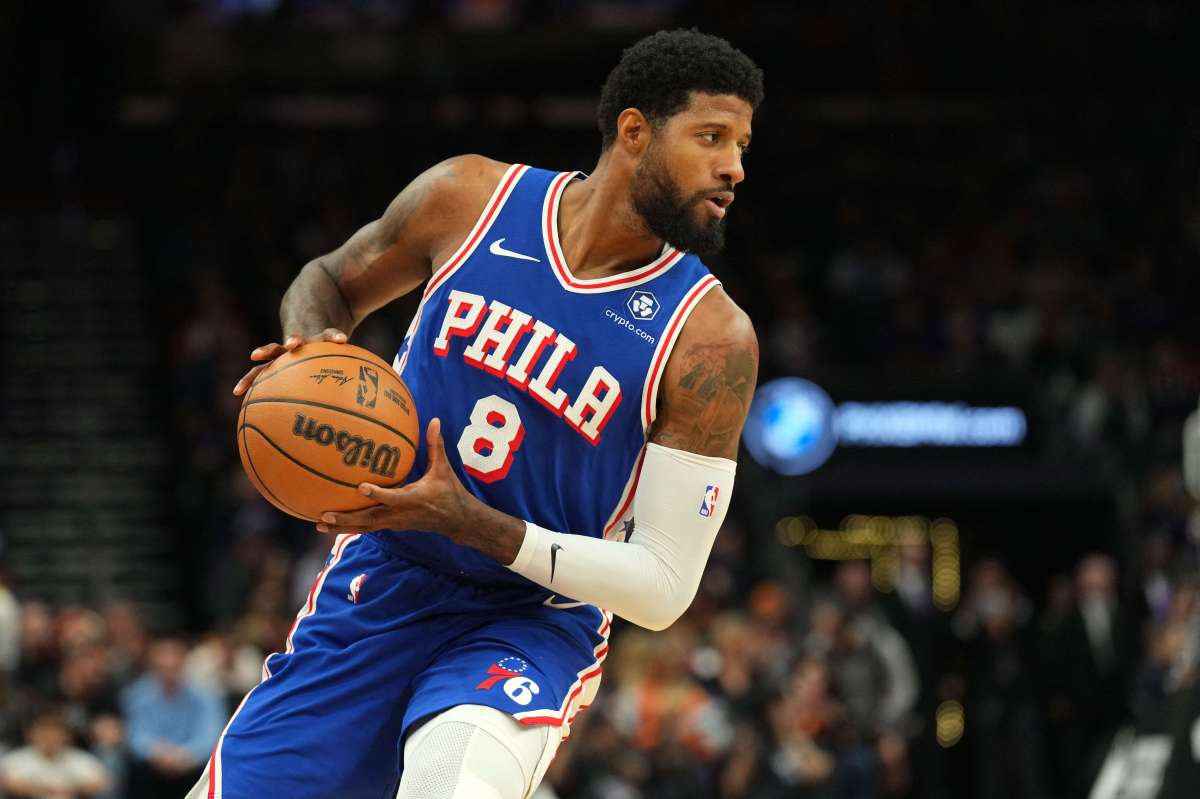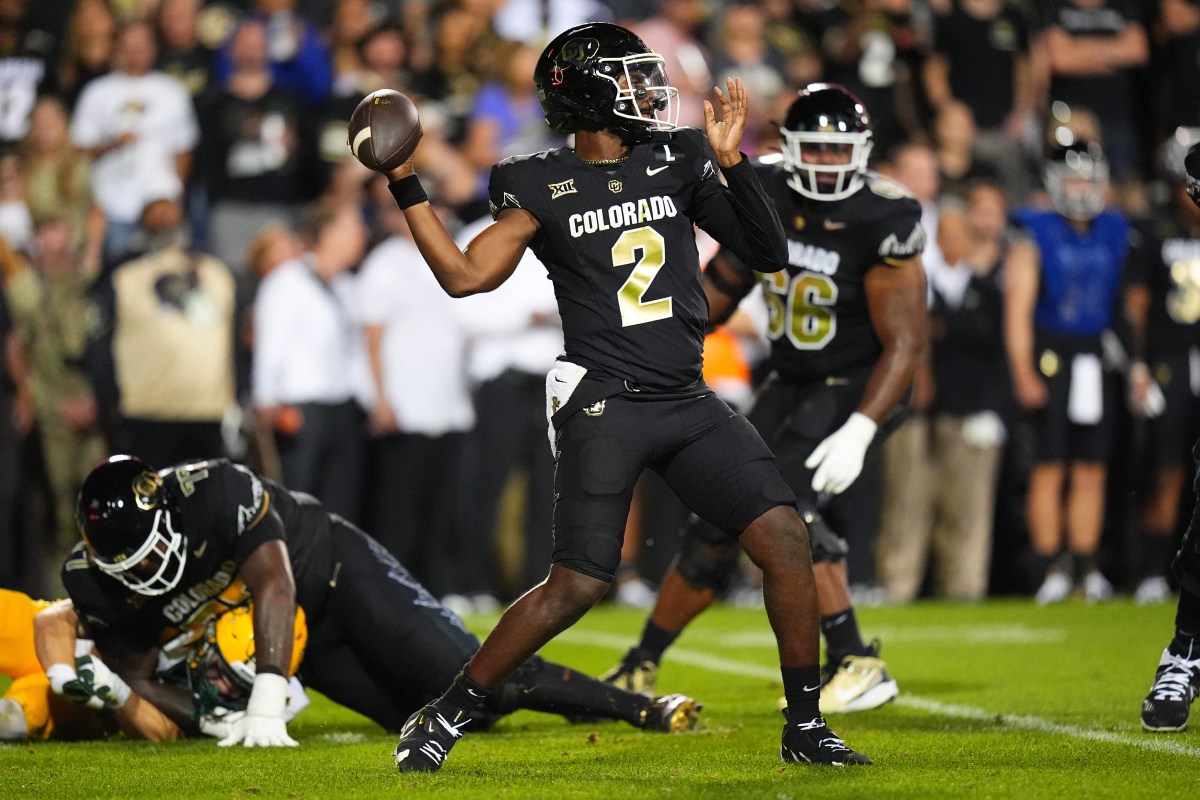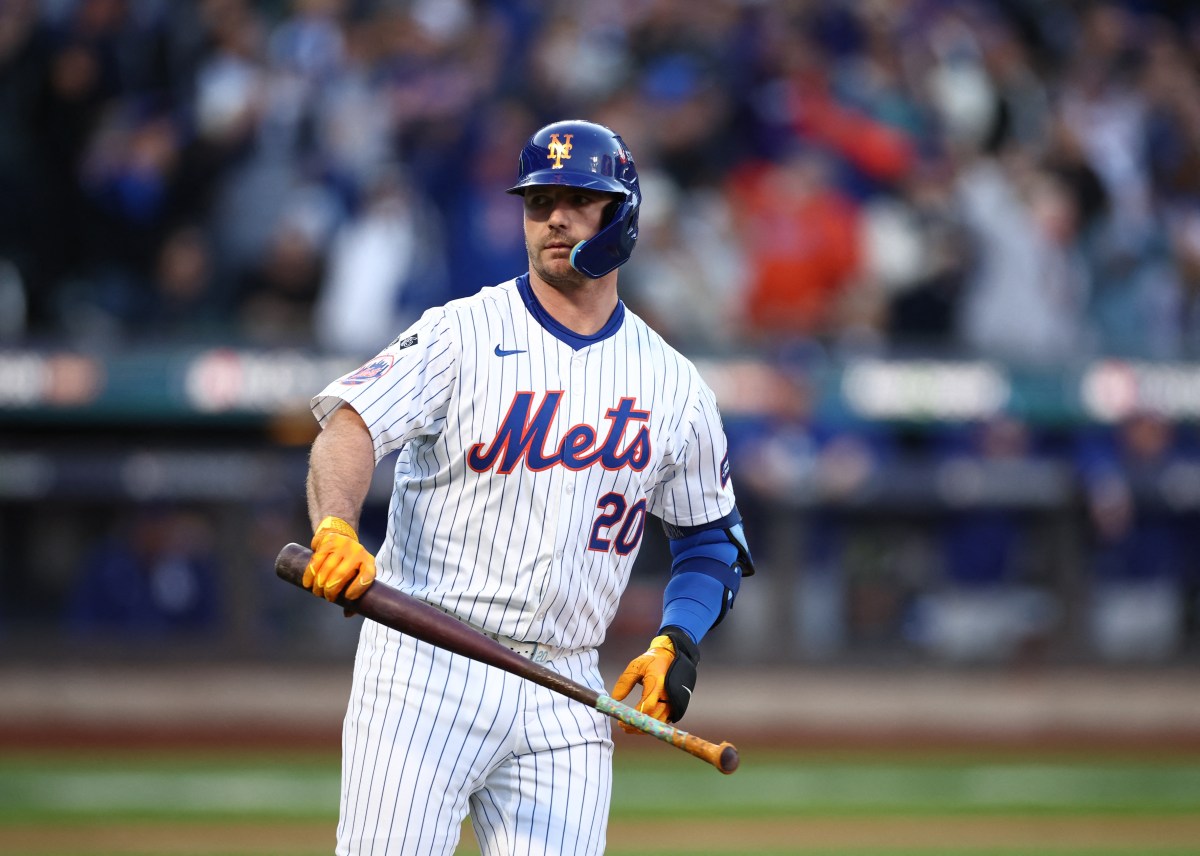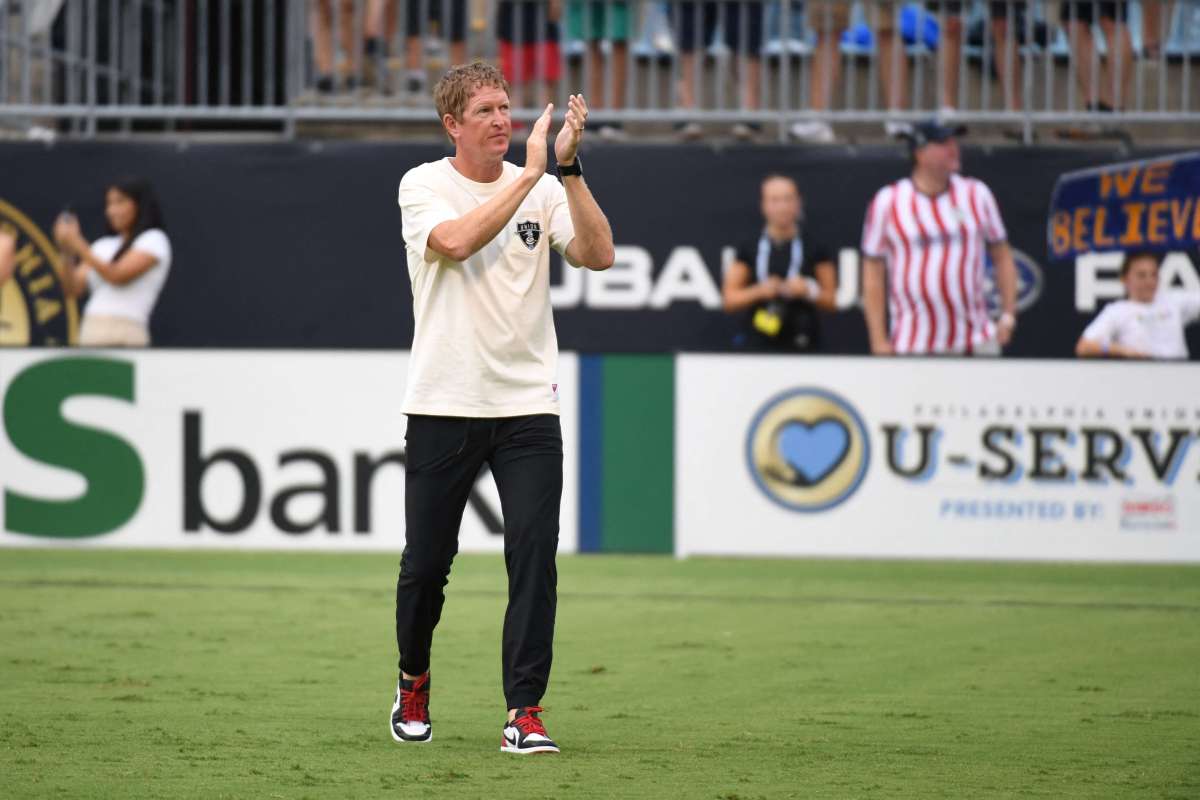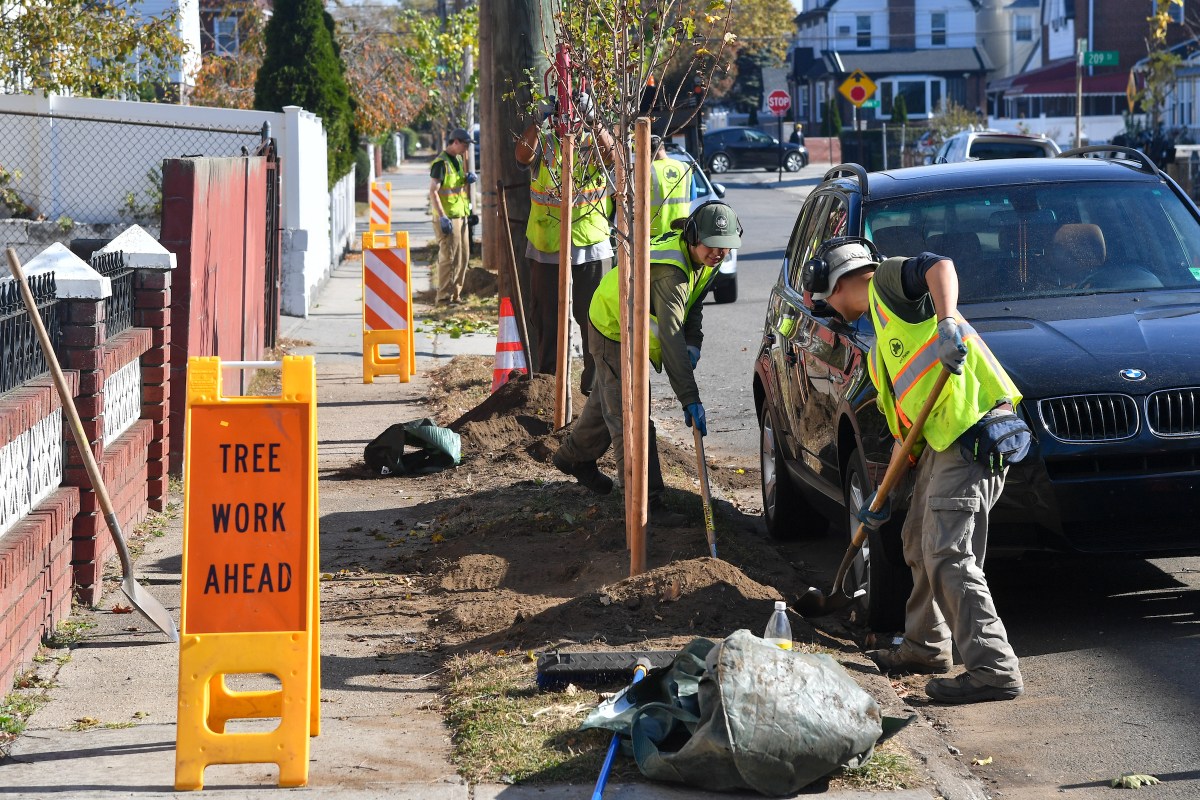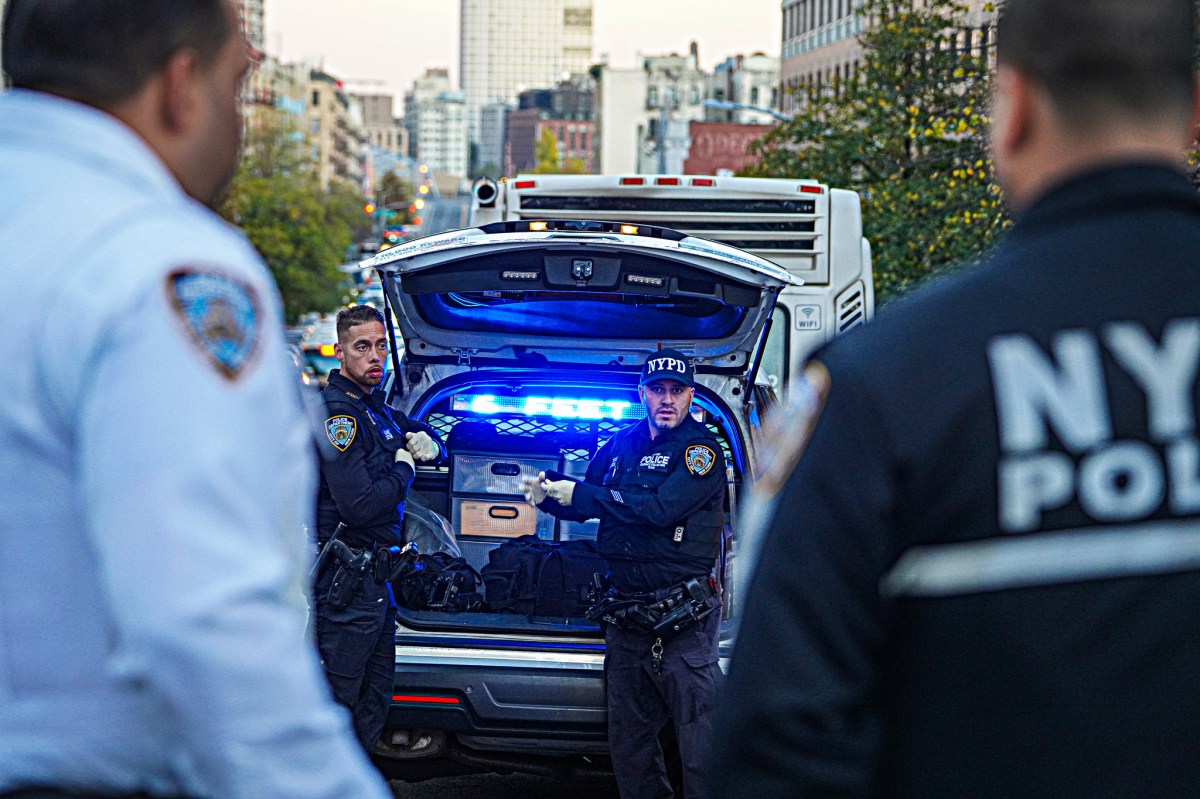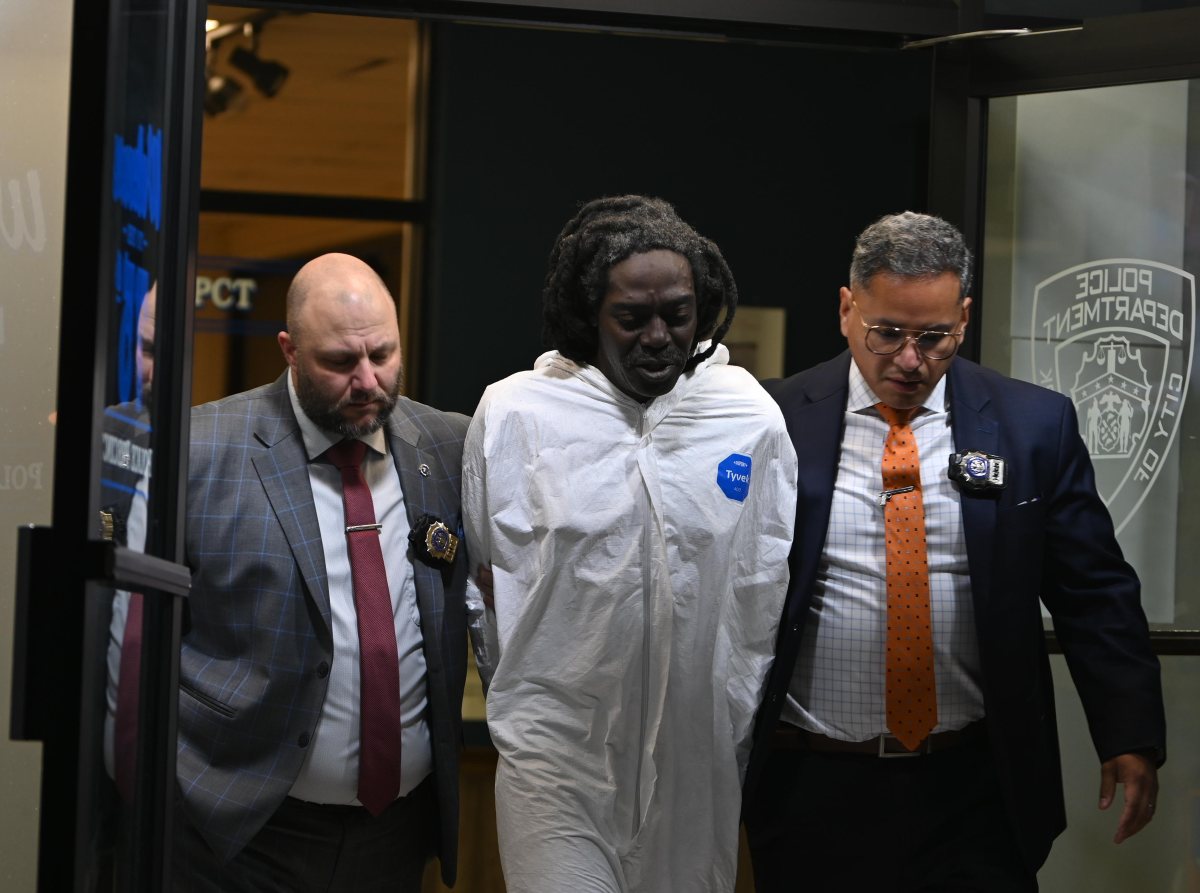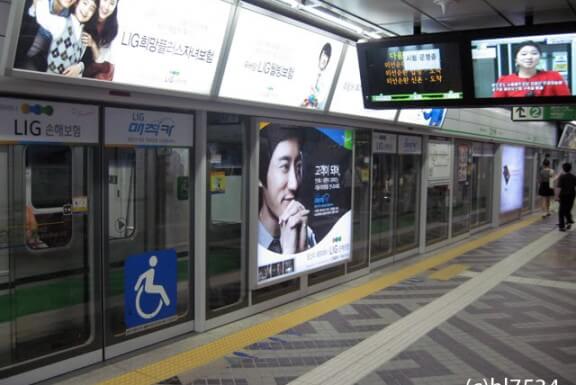Paris has always been able to boast of an artistic supremacy, so it makes sense that when they even do something like street art, they put America to shame. With its vibrancy, sophistication and sheer volume of production, the Parisian street art scene — graffiti, stenciling, paste-ups — makes ours look like it’s still in grade school. Sketches and tags pop up throughout the city, yes, but beyond the central circle of neighborhoods, or arrondissements, designated areas boast entire blocks coated end-to-end on both sides with imagery that’s constantly changing.
Hami Delimi of L’Oeuf Creative — an agency helping artists with branding and representation — says that many communities agree not to prosecute, particularly their native sons and daughters.
“People are proud to have the artists there,” Delimi says. “However, if someone not from the community writes over a piece, that person might get in trouble.”
In the 19th arrondissement, which Delimi considers a first stronghold of the Parisian graffiti movement in the ’80s, that local hero is Da Cruz. His big-featured faces and bold colors are calling cards on the area’s buildings, municipal walls and mailboxes; no one paints over his creations. Other celebrated tags to locate across the city include Miss.tic, Nemo, Jerome Mesnager, Jeff Aerosol, Art of Popof and Atlas.
The Futura is now
Whether you think street art-ists working with luxury brands are receiving justified exposure and cash or are selling out, the practice is here to stay. And its most recent contributor is also one of the art form’s truest legends: Futura.
Lenny McGurr, originally known as Futura 2000, began his career tagging New York City subway cars in the late ’70s. He also toured with The Clash, painting onstage while they played; enjoyed a long history of success in art galleries, largely in Paris, which housed his first exhibit in 1982 (he’s currently represented by Galerie Jerome de Noirmont); went on to make album covers, T-shirts and toys; and, of course, owns a spot in the canon. Then he was quiet for a while. But on Aug. 13 he’ll add a Hennessy label to his collection. The limited-edition Cognac bottle is classic Futura: an abstract work of bold primary colors featuring his signature atomic swirls.
“The movement I graduated from, what I call the subway school of art, is, for all intents and purposes, over,” McGurr says. “But then the next generation of artists — Banksy, Shepard Fairey, Swoon — gave importance to this kind of work again. And that ultimately opened the door for me to return.”
Cheers to that. Or, rather, Sante.
Meet the artists
The scene has developed to the point where traditional galleries are also littered with street artists’ work, one of the more recent crossover successes being an artist named Nasty. It’s also now common for luxury brands to tap the graffiti scene. The artist named Kongo printed scarves for Hermès and another street artist who goes by Monsieur A created a label for Caviar Kaspia. But some artists seem to think it’s a faux pas to use their talents for commerce. Kidult has notoriously vandalized luxury-brand storefronts in revolt.

